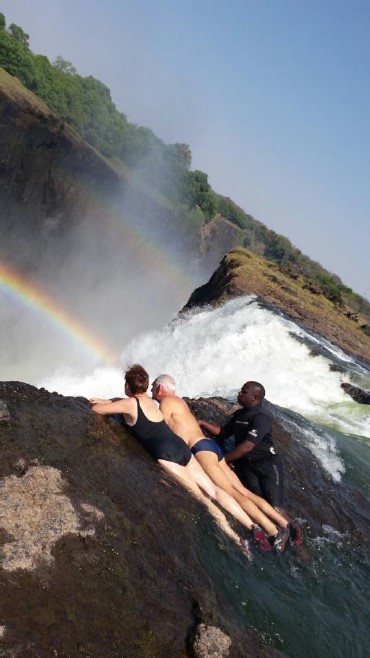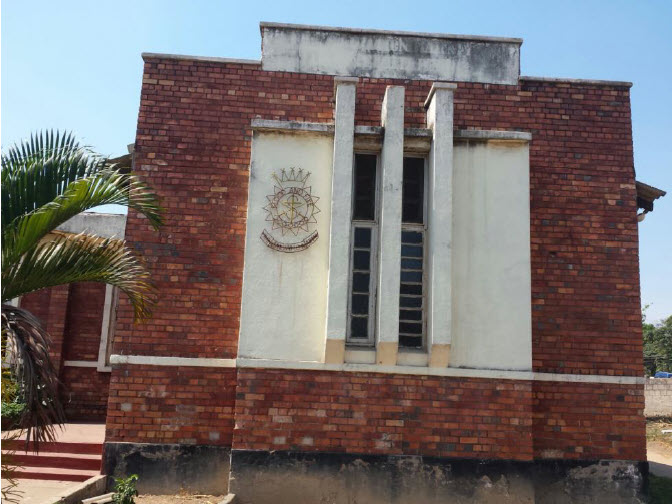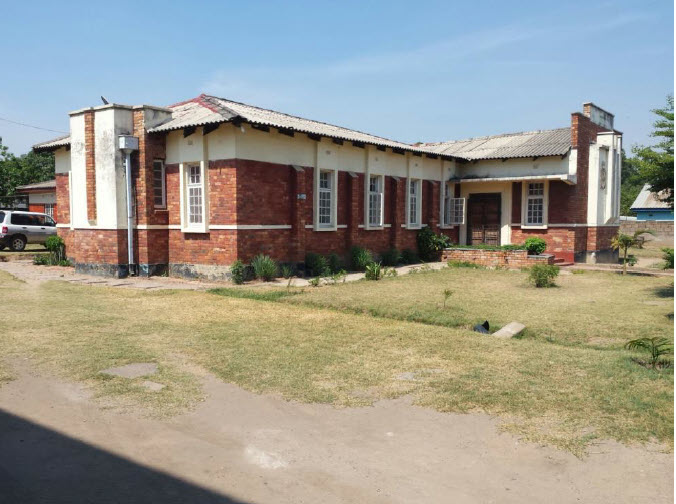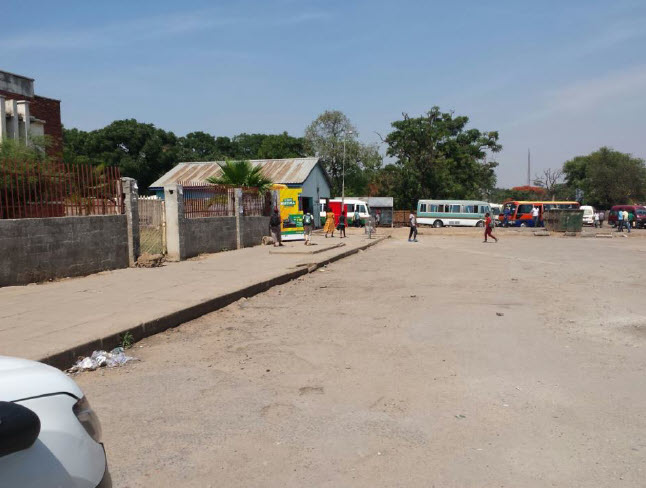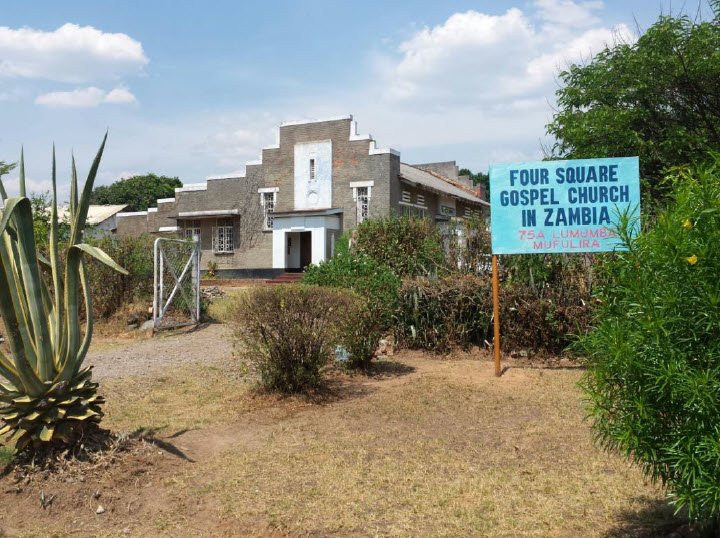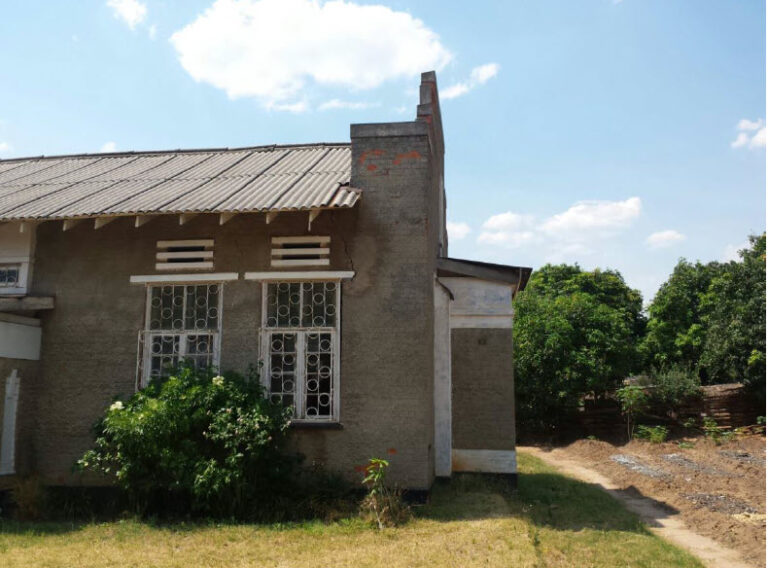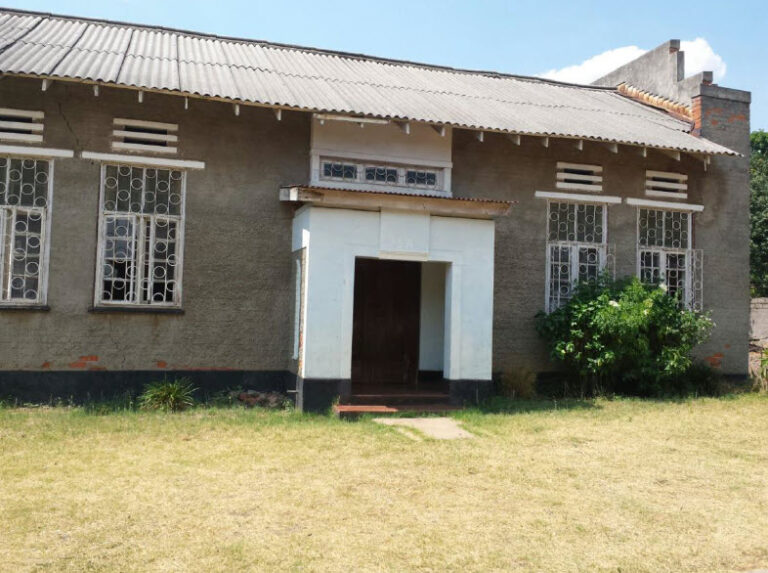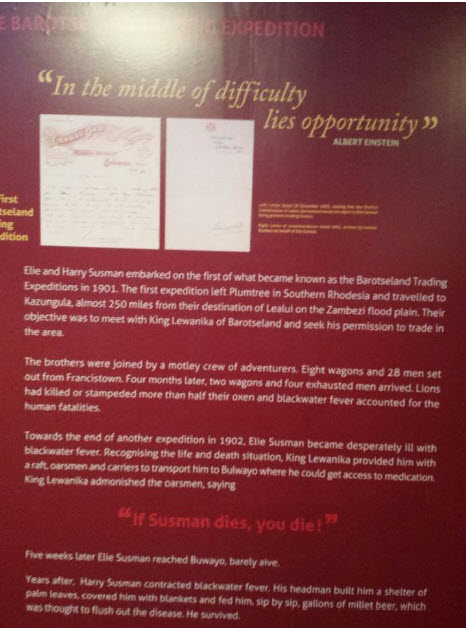Report of visit to Zambia by David and Hilary Zetler
October 2017 ©
ZAMBIA
by David Zetler
October 2017
We had wanted to tour Zimbabwe but the unstable conditions in the country put us off. Four years ago we went to the Victoria Falls in Zimbabwe, but that was a day trip from Katima Mulilu in Namibia.
We settled on the nearest, Zambia, partly out of fascination, having seen tourists on the Zambian side, hanging over the Victoria Falls.
We flew to Livingstone, where we took our turn to hang over the falls, which was the highlight of our trip.
On the way back from the falls we visited the Railway museum and the Jewish museum, situated in the same location, on the outskirts of Livingstone. The Jewish museum was opened in 2013 and has been put together very well and is extremely interesting. It covers the first Jews to settle in the country, the trying conditions, the communities in the Copperbelt and of course Livingstone and Lusaka. We were there in October which is very hot and not a popular tourist month, and from the visitors’ book it appeared as if only one or two couples visited these museums each day.
We took a three day camping safari from Livingstone to the southern part of Kafue Park, which covers a larger area than Kruger. We did not see too many animals and they were mostly not nearby. We then travelled to Lusaka, where we stayed overnight at the Stayeasy hotel at Levy Junction, 50 meters from the large, modern Levy Mall. The mall has branches of many South African chains, such as Woolworths, Pick n Pay, Truworths and many more. It also has an array of restaurants and fast food outlets. We thought Mr. Levy must have been an important person in Lusaka. He was, as we found out that it was named for Mr. Levy Mwanawasa, who was president of Zambia for six years. His father had probably worked for a Mr. Levy and named his newborn son after his boss.
We hired a big Ford Ranger 4×4 double cab pickup, which was well suited for the roads we were to encounter on our trip to the Copperbelt. It took us a full day to drive the 360kms to Kitwe, where we stayed at the Mukwa Lodge in Mpezeni Ave. It was very comfortable and the meals were very good. It was not easy to find, as although we had the address, there are virtually no street names in Kitwe or the other towns in the area. The street had trees on each side and what had once been nice houses and gardens. The street itself had once been tarred, but it had many potholes and very little tar left. Most of the businesses are owned by Indians and at Kariba we met a dentist from Sri Lanka who had a practice in Kitwe.
Page 3 | P a g e Report of visit to Zambia by David and Hilary Zetler – October 2017 ©
The following day we went in search of what was the synagogue and found it in the center of town, very near the bus station. It is now a Salvation Army church.
Above: Former Synagogue in Kitwe, Zambia
Below : View from the side
Below : View from the Synagogue to the street – Kitwe
We then set out for Chingola, about fifty kms away, to see the open pit mine there. The road is being rebuilt and in Chingola itself the diversions were almost undrivable. An incredible number of long, heavily laden trucks were using this route, and at times everything came to a halt for up to twenty minutes. The road near the mine had been diverted, so we could not see much of the mine.
Throughout Zambia, and especially in the Copperbelt, there are many hundreds of long distance trucks on the roads, travelling to and from Tanzania and the Congo in the north, to South Africa in the south, and from Mozambique and Malawi in the East to Namibia in the west. Many of them carry fuel from the coast inland. They are stopped at police roadblocks, while there can often be fifty or more trucks waiting to pass through weighbridges. (There is a US$2000 fine for avoiding a weighbridge.)
We then headed for Mufulira, about twenty kms north of the Kitwe Ndola road. We found the old synagogue there, in Lumumba road, a quiet street which had been tarred at some stage. There are the remains of big homes with gardens to match. The building is now the Four Square Gospel Church. Zambians are very keen on their churches and there are churches of various denominations wherever you go.
The old Synagogue in Mufulira – now a Four Square Gospel Church
With other side views below
On the main shopping street I noticed a shop that had SUSMAN in raised letters on it, painted over. It was difficult to find a place to get a coffee and sandwich in Mufulira but eventually we found somewhere, sort of. We proceeded to Ndola, where we found a motel to sleep. It was a Sunday and we were the only visitors there, and probably the only tourists in the whole of the Copperbelt.
The following day, after driving up and down the Ndola Kitwe highway, we eventually found the turnoff to the Dag Hammarskjold memorial, where his plane crashed or was shot down in 1961. There is a memorial garden at the place where the plane crashed, and a museum. It is very impressive.
We then made our way down to Kariba, passing Kabwe, between Ndola and Lusaka. Kabwe, formerly Broken Hill, has the ominous distinction of being one of the ten most polluted places on earth. It was a mining town which produced mainly lead, but also other minerals, until 1994. The town is apparently covered in lead dust and the drinking water is also contaminated.
Kariba was very peaceful. A comfortable hotel, with a view of the lake, with zebras grazing on the lawns. We walked over the dam wall, and did a boat trip on the lake. It is awesome. It is one of the biggest dam walls in the world, and the lake, over 200 kms long, is one of the largest man- made lakes in the world.
We drove back to Lusaka, from where we flew home. The Jewish population of Zambia was never more than 1,400, with six synagogues but their contribution to the development of Zambia was way out of proportion to their numbers. Today Jews and Israelis number less than a hundred. Zambia for us was more of an adventure than a holiday.
